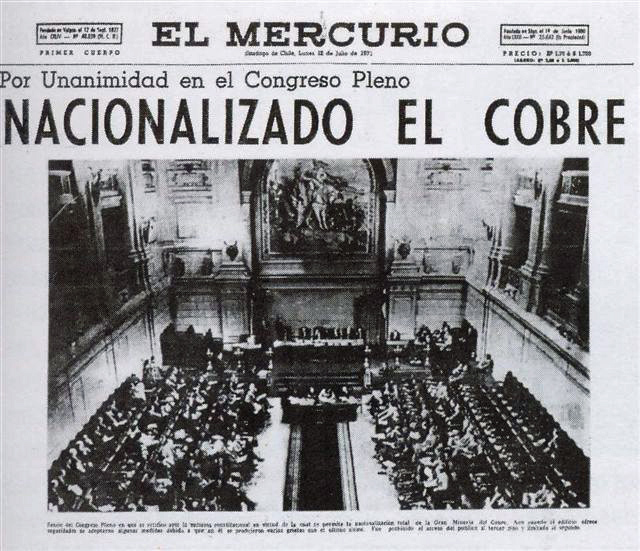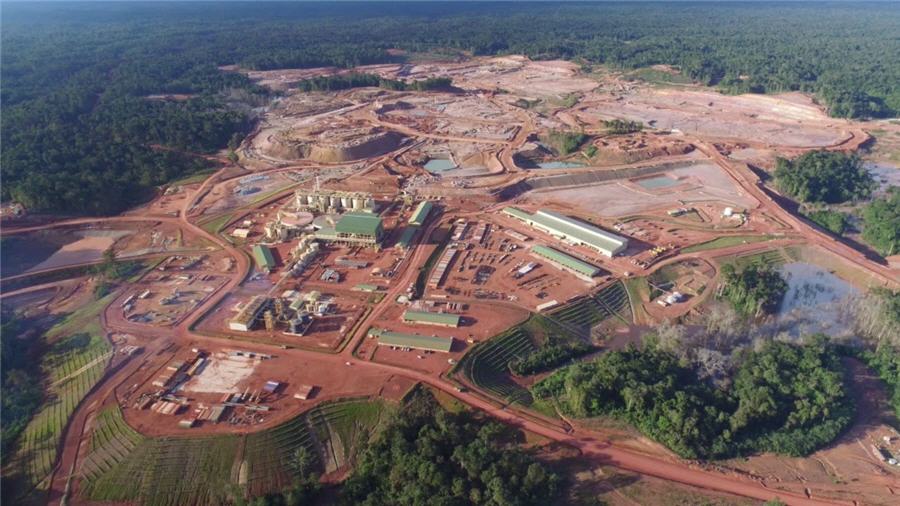BHP becomes world’s top copper producer

BHP Group on Monday became the world’s largest copper miner based on production after Chile’s copper commission announced a slide in output at state-owned Codelco.
Hampered by declining grades, Codelco production declined by 5.6% or about 100,000 tonnes last year.
Overall, Codelco, nationalized in the early 1970s, churned out 1.706 million tonnes of copper, the lowest level since 2008, when output was at 1.55 million tonnes.
Codelco, nationalized in the early 1970s, churned out 1.706 million tonnes of copper, the lowest level since 2008
At that time, the giant Ministro Hales mine, which contributes between 180,000 and 200,000 tonnes of copper a year, had not yet begun operating.
Last month, the world’s number one mining company, BHP (NYSE:BHP) reported robust six months to end December numbers from its copper operations, including at Escondida in Chile, the world’s largest copper mine.
For the first six months of BHP’s financial year, output was up 7% year on year to 885,000 tonnes, with Escondida contributing more than 600,000 tonnes.
In the six-months to end-June 2019, Melbourne-based BHP produced 864,000 tonnes, bringing the calendar year output to 1.749 million tonnes.
The Anglo-Australian giant kept guidance for its 2020 financial year unchanged at between 1.705 million and 1.820 million tonnes.
BHP may struggle to hang onto the crown, despite spending $2.5 billion to expand its Spence mine in Chile.
Freeport-McMoran’s Grasberg mine in Indonesia returns to full production after a transition to underground mining in 2022. US-based Freeport produced 1.47 million tonnes of copper in 2019.
Codelco itself is in the midst of an ambitious, 10-year, $39 billion investment drive to open new projects and overhaul older mines, so it may well catch up too.
More News
{{ commodity.name }}
{{ post.title }}
{{ post.date }}

Comments